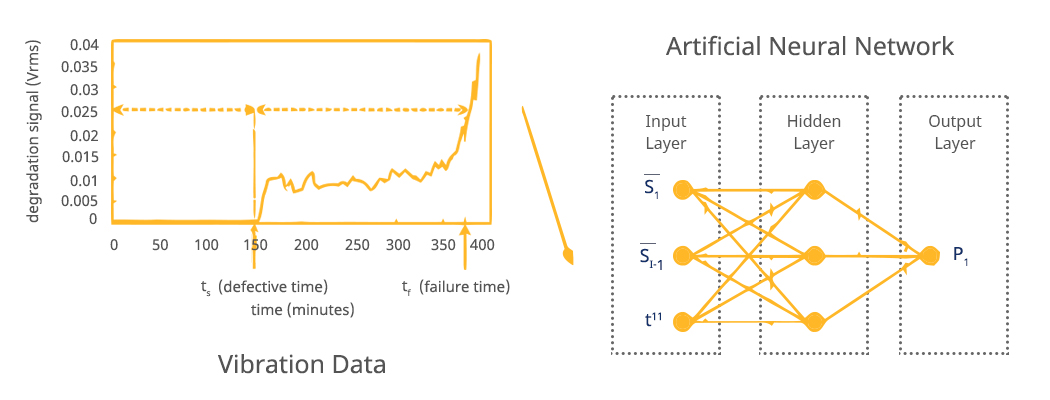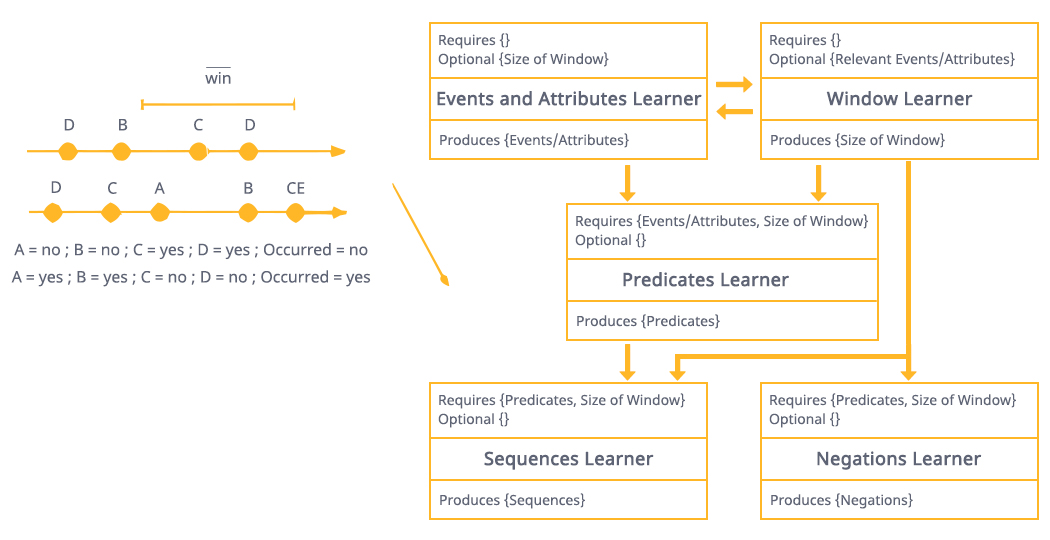In other cases, the complexity justifies the employment of various neural network techniques. Recurrent NEURAL NETWORKS (RNN), for example, are an excellent tool for the study of time-series events that occur in sensor data. Automatic mapping of raw signals into a high-dimensional space facilitates the classification of all the sensor inputs into clusters of similar behaviors. Advanced visualization allows investigators to efficiently identify useful patterns that can drive out the likely suspect signals.
Once signals are identified and deep learning models are trained, the entire predictive maintenance module can be deployed for real-time monitoring of warning signs and give operational staff clear metrics for scheduling optimal maintenance procedures. Typically, the runtime environment consists of a stream processing front end capable of picking out the early warning signs and the neural network executable, which makes prediction on these signals in their operational regime.


